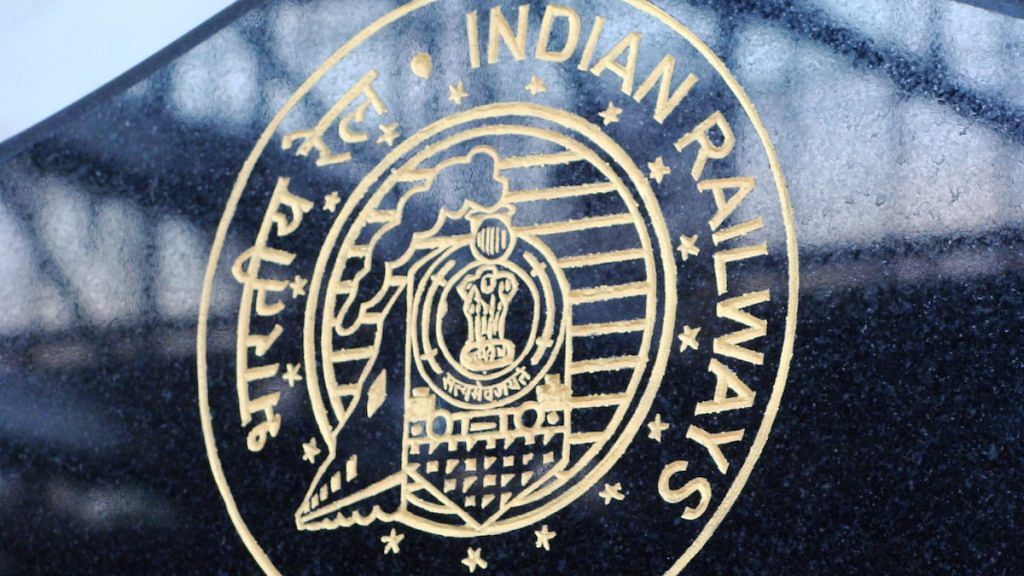How this can be achieved and what the railways – and other government departments and ministries such as telecom, power and roads – can do differently this year will be discussed at a meeting chaired by Cabinet Secretary Rajiv Gauba on 29 April, ThePrint has learnt.
What is asset monetisation?
Under asset monetisation, the government transfers revenue rights to private parties for a specified transaction period in return for a revenue share and commitment of investments in the assets. The assets are monetised through models like Public Private Partnership (PPP) — Operate Maintain Transfer (OMT), Toll Operate Transfer (TOT), and Operations, Maintenance & Development (OMD).
Take the example of toll plazas. Although the government owns them, they are leased to private players to operate and maintain. In such cases, the asset is transferred back after a certain period.
Asset monetisation is not the same thing as privatisation. In privatisation, the government sells off assets permanently and its ownership ceases to exist in that company. In monetisation, however, the government will lease assets for a specific period for redevelopment and operation of those assets and also retain government ownership.
The government’s monetisation plan envisages allowing private companies to lease and operate infrastructure assets owned by Indian Railways (IR), which would result in monetisation of roughly Rs 1.5 lakh crore for the Ministry of Railways till 2025.
The Indian Railways monetisation shortfall last fiscal was covered up by other departments of the Centre like road, power, coal, and mining assets that helped surpass the first-year target of Rs 88,000 crore, the government said last week.
Officials in the finance ministry told ThePrint that railways and Oil and Gas departments were pulled up the last fiscal for not being able to monetise a single asset.
“But this year, the government is drawing up a roadmap for the Ministry of Railways so that there is enough interest from the private sector in the sector,” an official said.
The fresh target given to the Ministry of Railways will be a third of the total target of Rs 1.62 lakh crore that the government hopes to achieve in 2022-23, according to the National Monetisation Pipeline document on the Niti Aayog website.
Apart from railways, the Ministry of Roads and Transport has been asked to monetise Rs 32,000 crore worth of assets. The Telecom Department and Ministry of Power have been given a target of Rs 20,000 crore and Rs 15,000 crore, respectively.
Issues with rail asset monetisation
Assets under Indian Railways form one-fourth of the Rs 6 lakh crore of assets identified in the National Monetisation Pipeline (NMP), according to estimates by Niti Aayog.
Amitabh Kant, the Chief Executive Officer of Niti Aayog said last month that the government’s plan to monetise railway assets by allowing private players to run trains did not attract enough investors due to the lack of proper structuring and the railway ministry is looking at it afresh. He said the private sector will come to invest only if there are assured returns.
According to the monetisation plan, assets under Indian Railways would include 400 railway stations that will be redeveloped, 90 passenger trains that will be given to private players to operate, freight terminals and railway tracks that will be privately operated and managed, among other measures.
The officials ThePrint spoke to say the problem has come in the implementation of these.
For example, in the case of operating passenger trains, private companies would want to be free to fix fares and provide facilities in line with them. But bidders have concerns regarding railways charging higher premiums while deciding the winning bidders or fixing train timings and restriction of routes.
“The ministry said the key impediments to the monetisation process are asset-specific challenges, such as the presence of an identifiable revenue stream,” a government official said. “This is specifically relevant to the railway sector, which has seen limited PPP success as a mode of project delivery.”
While the plan for private trains and railway stations has been slow, monetisation in other areas can be done faster, he said.
Also Read:Single Civil Services Exam outdated. UPSC holding separate exam for Indian Railways—good idea
Outreach programmes
States in the northeast region like Assam, Meghalaya and others have asked the central government to organise outreach programmes for assets under NMP to help develop investors’ interest in the various projects available for monetisation.
On these requests, officials of the finance ministry would be travelling starting May to various states where the identified assets are located to attract investors for those projects.
“Finance Minister Nirmala Sitharaman along with other officials will be travelling to Meghalaya first to generate investors’ interest there,” the official said.
Sitharaman did a comprehensive review of the NMP with top officials of the Ministry of Finance and Niti Aayog last week.
Jagannarayan Padmanabhan, practice leader and director transport and logistics at CRISIL Ltd, said there was enough investor interest in railway projects.
“But there are two aspects that we need to focus on,” he said. “One, on the risk aspect, there should be appropriate risk allocation and it should be equitable in nature. And two, there has to be enough elbow room or freedom of operation for private players which should be made clear upfront at the time of bidding of projects.”
